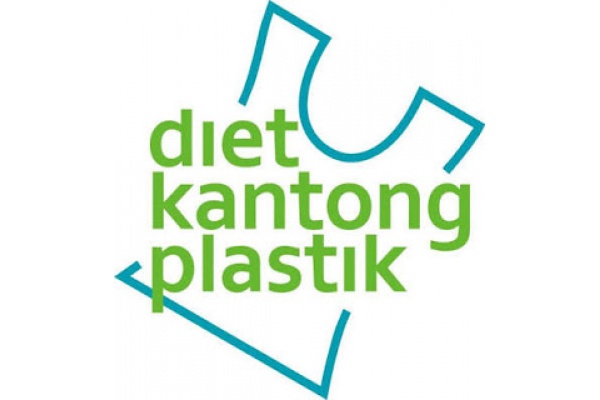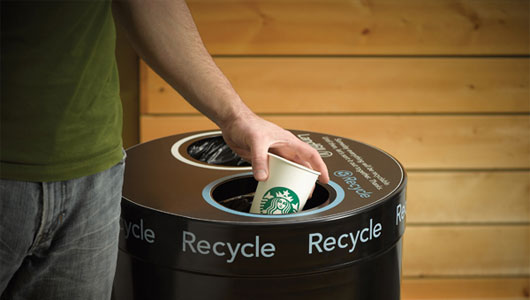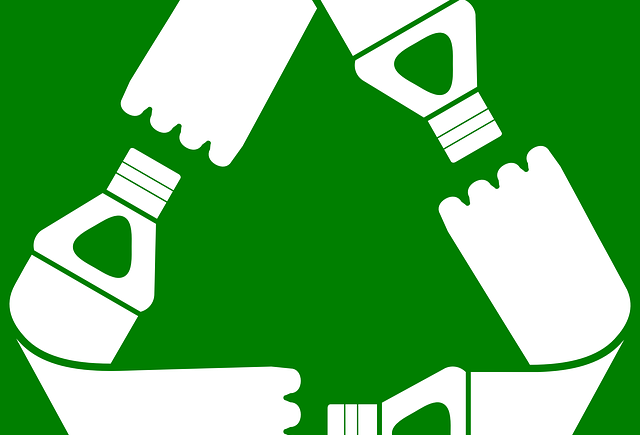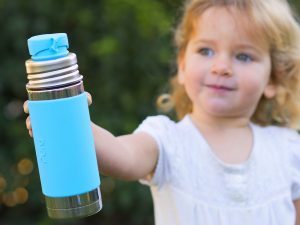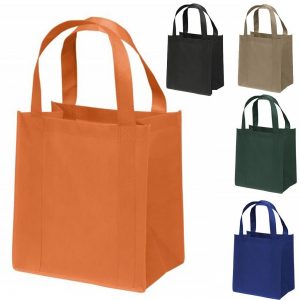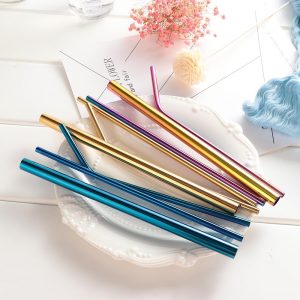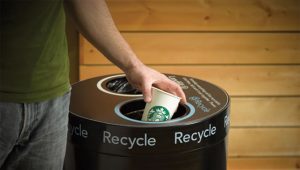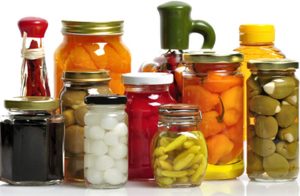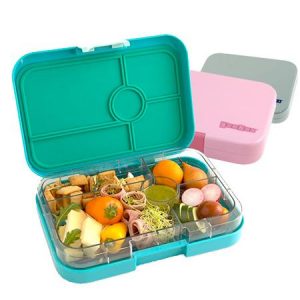Penyebab menumpuknya sampah plastik di Indonesia karena tidak adanya kesadaran pada diri sendiri untuk mengurangi penggunaan plastik dalam kehidupan sehari-hari. Tanpa disadari, hampir setiap hari kita memerlukan plastik untuk beraktivitas seperti contohnya saat kehujanan butuh ponco (jas hujan sekali pakai) yang terbuat dari plastik, saat haus beberapa orang memilih untuk beli air mineral botolan plastik karens lebih praktis, saat lapar memilih untuk beli jajanan dipinggir jalan yang dibungkus dengan plastik, dan masih banyak lagi.
Namun tak dapat dipungkiri, masyarakat Indonesia termasuk aku sendiri masih sangat bergantung dengan ketersediaan plastik dan sulit untuk mencari alternatif lain. Nah untuk itu, perlu kita tau bahwa selain plastik berguna dan membawa dampak positif bagi kehidupan, disisi lain plastik juga lebih banyak memberikan dampak negatif yang nantinya dapat berakibat fatal.
The positive impact of plastic:
- Durability and lightweight
Salah satu alasan plastik sering digunakan terutama dalam produksi makanan dan minuman karena tahan lama dan lebih baik jika dibandingkan dengan bahan/zat lainnya. Plastik dapat bertahan antara 50 hingga 1000 tahun tergantung pada jenis plastiknya. Faktor lain yang sangat mendukung pemakaian plastik sampai saat ini adalah bahannya yang ringan sehingga lebih praktis jika dibawa kemana-mana.
Contohnya pada botol yang disegel dengan plastik dibagian atas akan bersifat kedap udara yang secara efektif dapat membantu menjaga produk agar tetap fresh dan tidak expired. Produsen makanan dan minuman dapat mengangkut produknya ke lokasi lain di selutuh dunia tanpa perlu khawatir akan keamanan produk tersebut.
The negative impact of plastic:
Plastik mengandung zat berbahaya dalam bentuk gas. Ketika nantinya sampah plastik tersebut dibakar, maka asapnya akan mencemari lingkungan. Yang mana, dalam asap tersebut biasanya terkandung zat dioksin yang apabila dihirup oleh manusia dapat menyebabkan berbagai gangguan kesehatan, seperti gangguan sistem pernapasan pada manusia, kanker, pembengkakan hati, dan gangguan sistem syaraf.
Karena bukan berasal dari senyawa biologis, plastik memiliki sifat sulit terdegradasi (non-biodegradable). Plastik diperkirakan membutuhkan waktu 100 hingga 500 tahun hingga dapat terdekomposisi (terurai) dengan sempurna. Dengan begitu, sampah plastik akan menjadi polusi yang dapat mencemari tanah, air, laut, bahkan udara.
- Polychlorinated biphenyl (PCB)
Umumnya, plastik terbuat dari polychlorinated biphenyl (PCB) yang mempunyai struktur mirip DDT. PCB yang tidak terurai walaupun sudah termakan oleh hewan dan tumbuhan akan menjadi racun berantai sesuai urutan rantai makanannya. Yang mana, tidak menutup kemungkinan bahwa manusia ada di dalam rantai makanan tersebut.
Sebagian besar masyarakat masih seringkali membuang sampah plastik sembarangan di sungai tanpa mereka sadar ada dampak lain yang diakibatkan dari perilaku tersebut. Sampah plastik itu lama kelamaan akan menumpuk sehingga menyebabkan pendangkalan dan penyumbatan aliran sungai yang nantinya dapat mengakibatkan banjir.
Need to be noted; the impact of using plastic, there are positive but more negative ones. It can damage the environment in the future. Therefore, I’ll say #BYEPlastic #SayNotoPlastic #NoPlasticisFantastic
